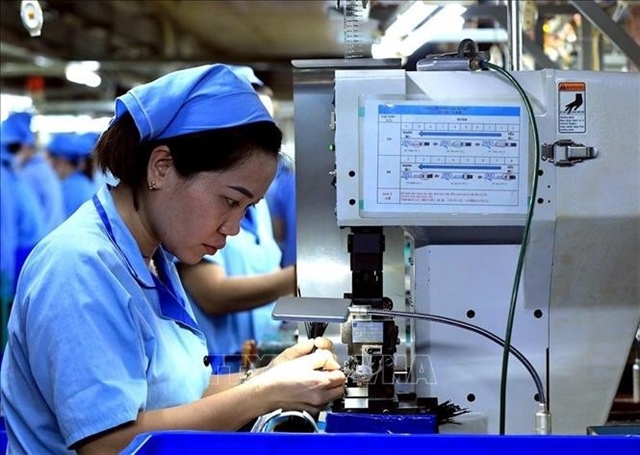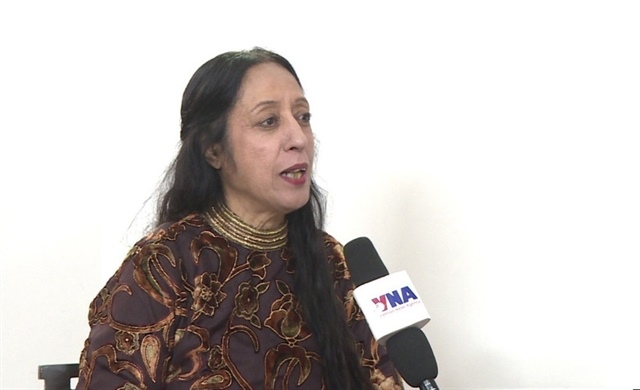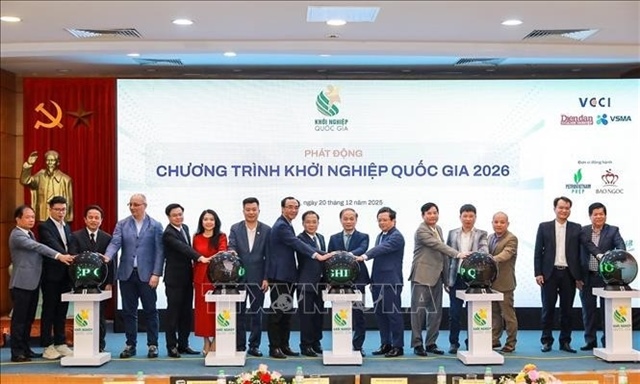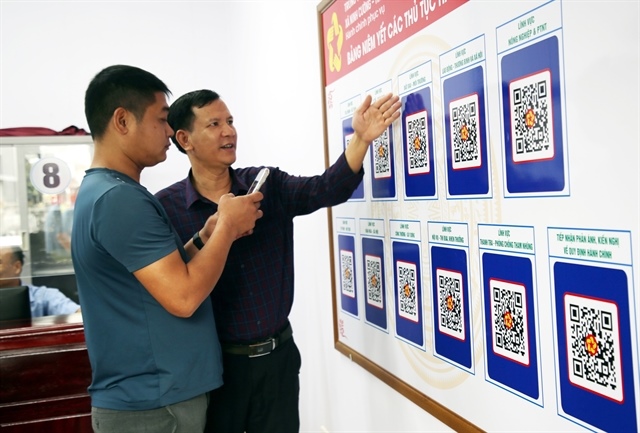Vietnam reboots SOE equitization, taking cautious steps
Vietnam reboots SOE equitization, taking cautious steps
The government of Vietnam has decided to restart the state owned enterprise (SOE) process, even though it has anticipated big difficulties.
However, Jonathan Pincus, a senior economist of Fulbright Economics Teaching Program, has warned that the SOE restructuring would hardy succeed if it depends too much on equitization.
He said that in many cases, the equitized SOEs still do not have to compete with others in the market and do not have to change the corporate governance way, while they still live under the name of SOEs.
He has also warned that the equitization program would face big difficulties as the stock market keeps falling down, while investors’ interest in securities investments has decreased.
Minister of Finance Vuong Dinh Hue once admitted that Vietnam met with too many difficulties in the last few years.
Recently, when asked why the equitization process has slowed down, Hue answered with a question: “Will you sell your assets at a low price, if you are a business owner?”
In the four years of 2008-2011, only 117 SOEs were equitized, which was equal to that in 2007 and much lower than the years before.
In the last 20 years, the number of SOEs has been decreasing significantly, from 12,000 to 1300 by the end of 2011.
Nguyen Van Giau, Chair of the National Assembly’s Economics Committee, said that in the last 20 years of equitization, less than 15 percent of state ownership has been transferred to other owners.
The main reason that led to the deadlock of the program, according to Giau, is the burst of the “securities bubble” in 2008 which has made the market gloomy since then.
Moreover, most of the other SOEs in the list of enterprises subject to equitization have medium and big operation scale, while it is more complicated to deal with big enterprises, especially in assessing enterprises and settling interest conflicts among involved parties.
The government of Vietnam once vowed to fulfill the SOE equitization process prior to 2010, but it’s clear that it has failed to fulfill the plan.
The Ministry of Finance, after collecting the opinions from four ministries, nine economic groups, 10 general corporations and 57 localities, has announced that 367 SOEs would go equitized.
However, the ministry’s report does not clarify how many SOEs would be equitized in the first half of the year, and how much of the total capital of 93 SOEs to be equitized this year is.
The recent moves by the government towards the SOE restructuring have caught the special attention from private businesses.
Pham Phu Ngoc Trai, President of GIBC, said that the best way for SOE reshuffle is equitizing them. He said that once other economic sectors join in businesses’ activities, they aim to make profit, and the capital contribution should be seen as the profit sharing, not only risk sharing.
General Director of the Hung Vuong Seafood Company Duong Ngoc Minh has been applauding the idea of reselling the state’s capital in enterprises. The state’s capital has been scattered in many unprofitable enterprises.
In an enterprise in An Giang province, where Minh holds the controlling stakes, the State has 8 percent of capital with 1 million shares which have the market price of 25 billion dong.
“With such a modest capital contribution, the state does not have the decisive voice in the enterprise’s operation. It does not receive big profits every year with few stocks, while the capital would be lost, if the enterprise takes loss,” he said, stressing that the best solution in this case is the state transfers the 8 percent of stakes to get money.
vietnamnet






















